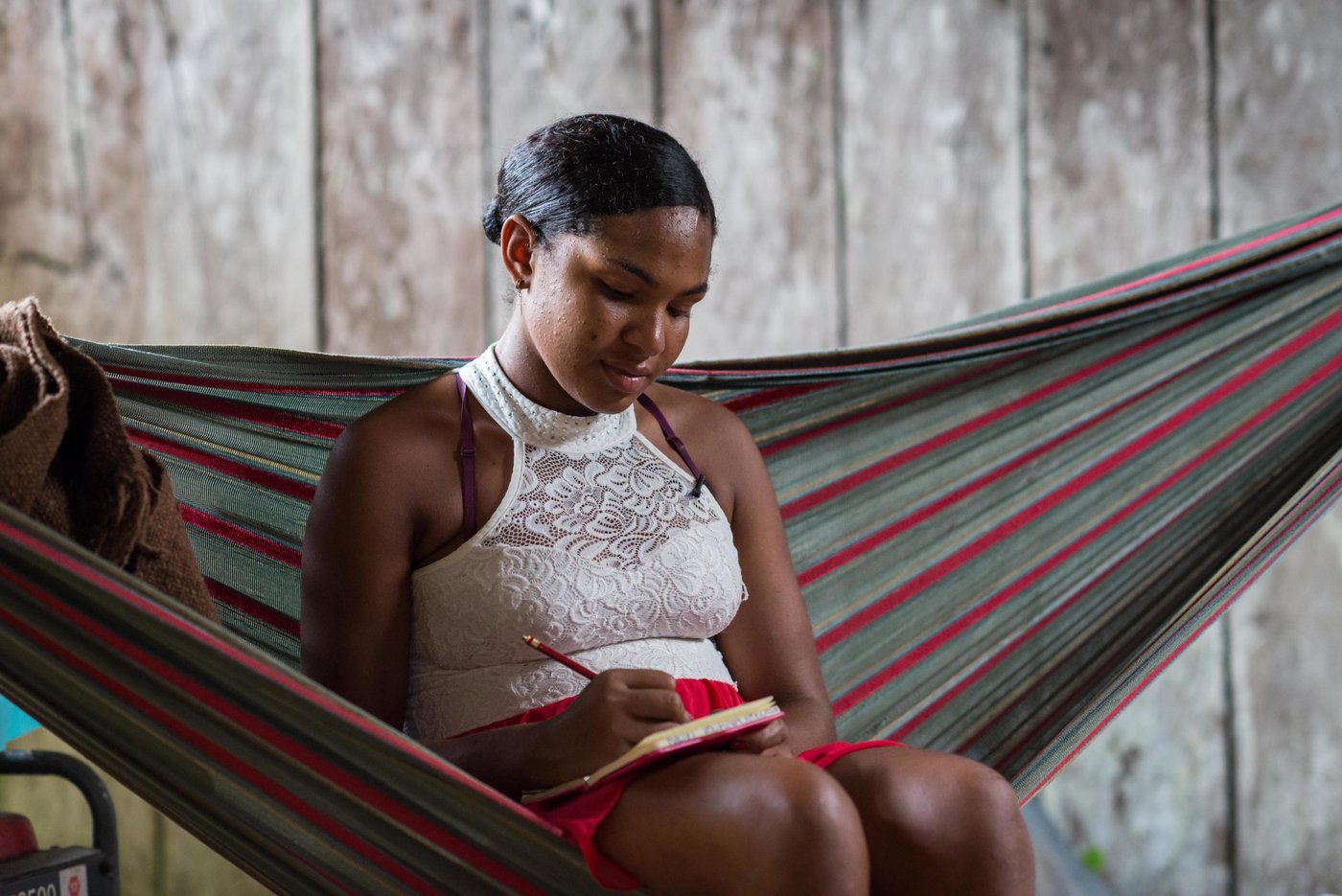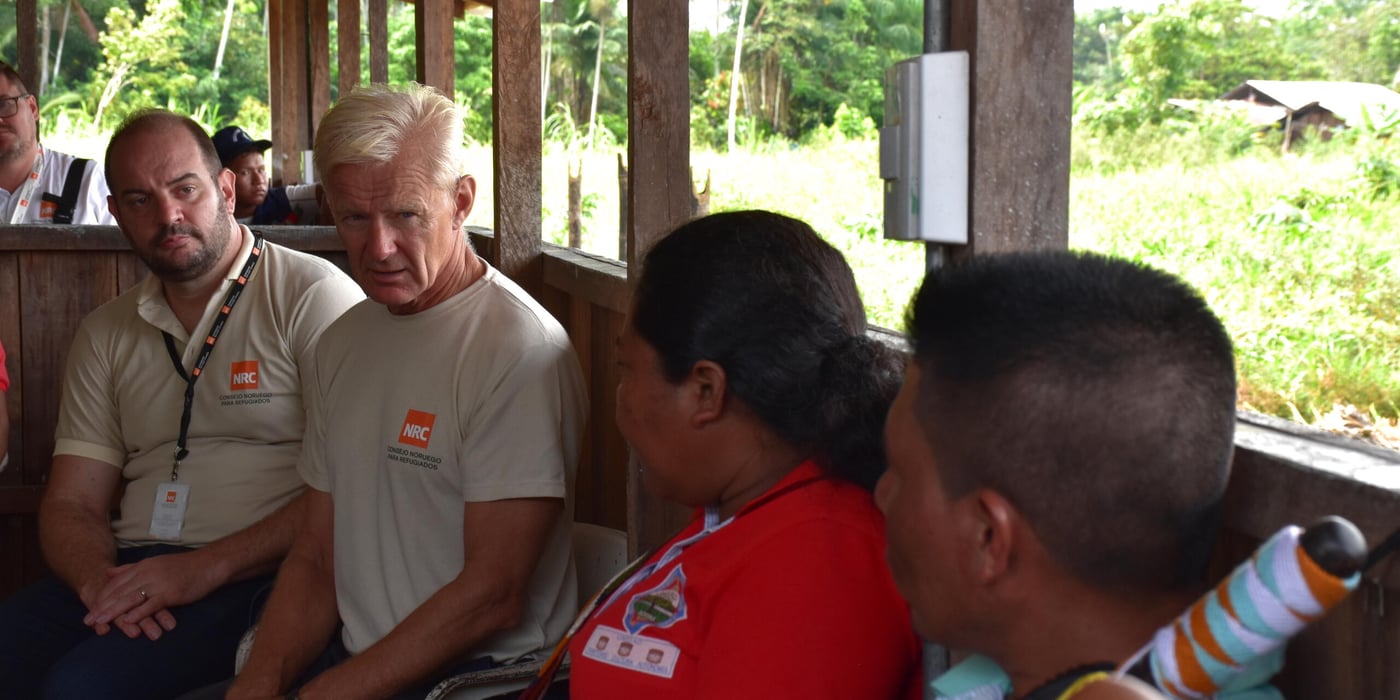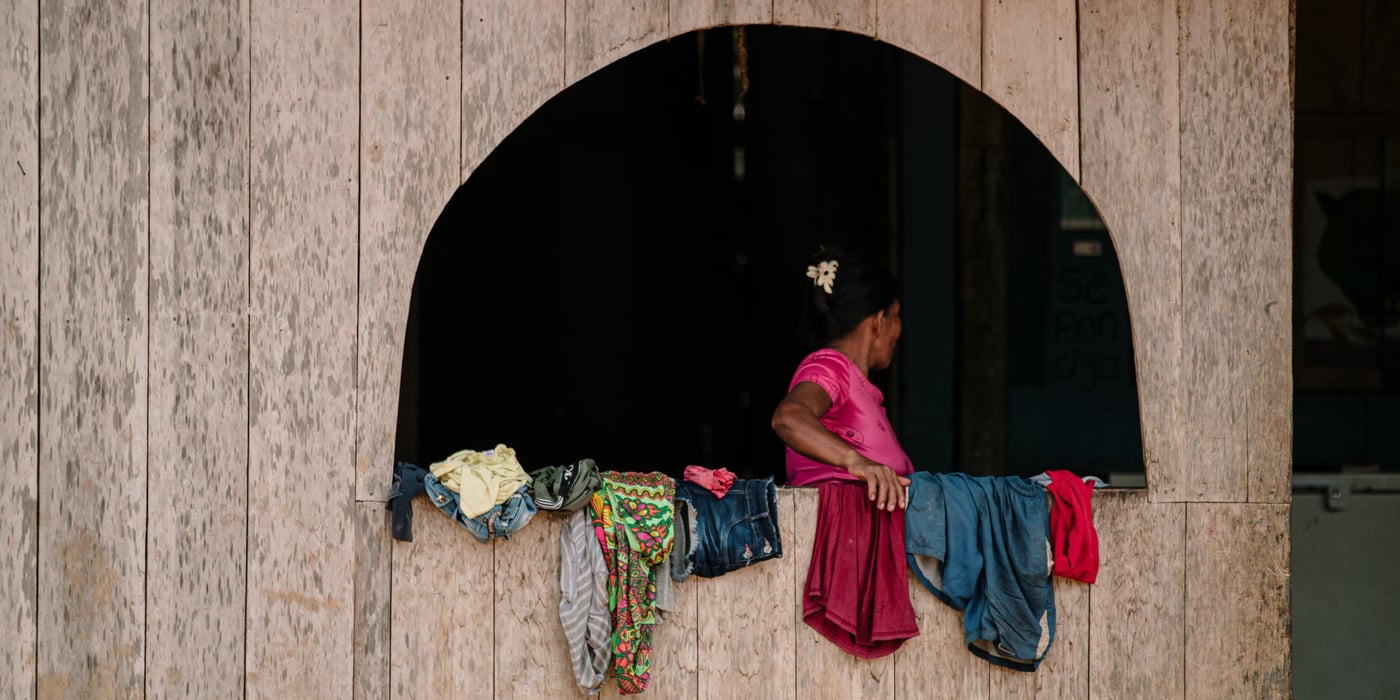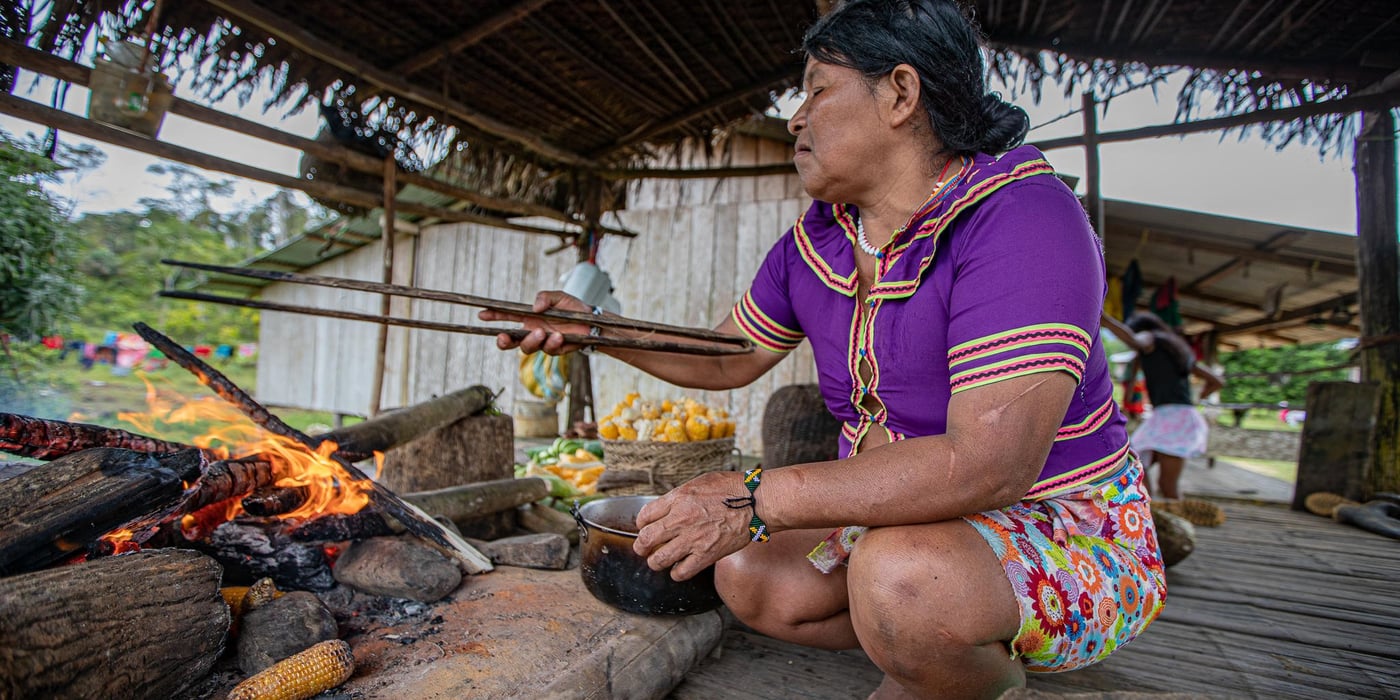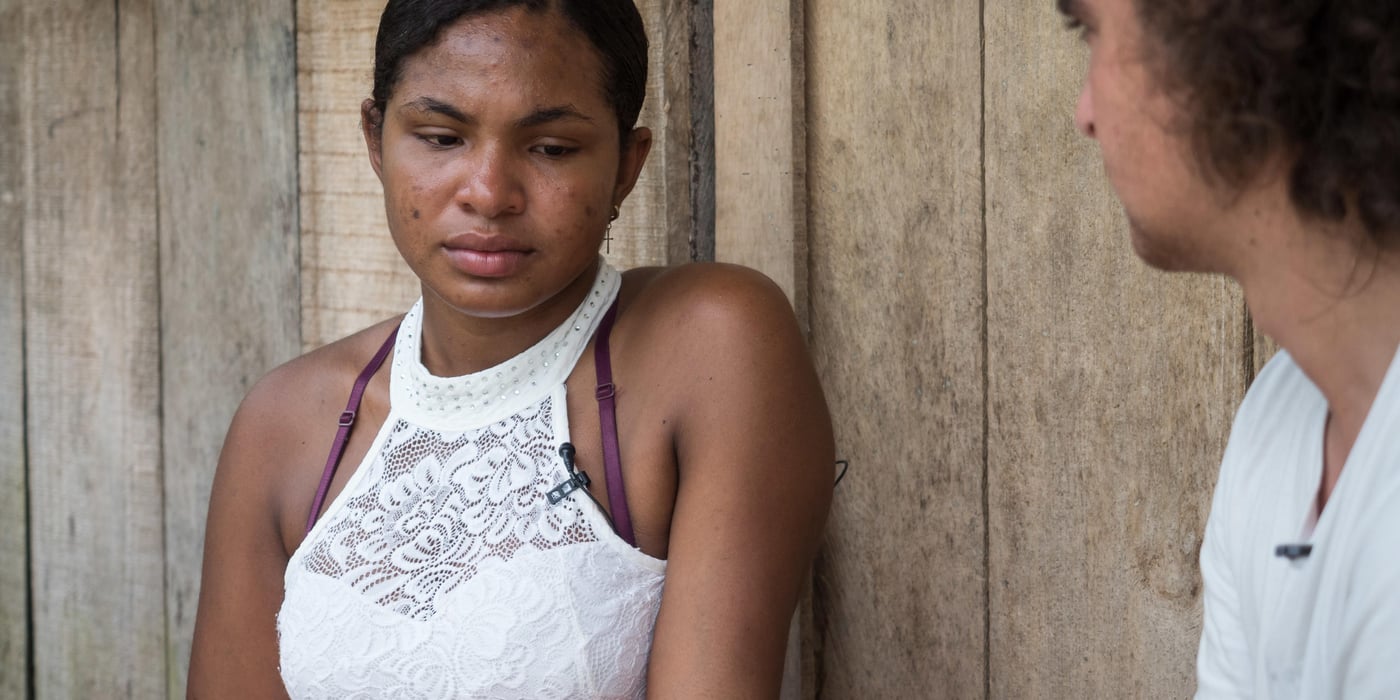
Jhoana fortalte historien sin da hun nylig møtte Marlon Langeland i Colombia.
To år etter fredsavtalen er konflikten i Colombia i ferd med å sette en ny generasjon unge mennesker i fare. Det har tjue år gamle Jhoana fått erfare på verst tenkelige måte.
Følg Marlon's Journey på Instagram - se episoden fra Colombia her
Hvem drepte brødrene?
– Det er en forferdelig stillhet her. Marlon Langeland har nettopp klatret opp den gjengrodde elvekanten til en landsby to timer opp San Juan-elven vest i Colombia. En stille solskinnsdag i fjor trengte væpnede menn seg inn mellom husene her og henrettet fem mennesker.
To av dem var storebrødrene til Jhoana.
– Det verste var å se hvordan de var drept og etterlatt. En av brødrene mine var bundet. Den andre var forlatt på et hustak, forteller 20-åringen.
Hun har vært sint lenge, men velger å se fremover – for ikke å bli bitter, for å overleve. Men, hun sitter igjen med flere spørsmål enn svar etter det brutale angrepet: Hvem var mennene som kom til landsbyen den dagen? Hvorfor drepte de brødrene hennes?
Jeg er fremdeles redd for å gå utendørs. Det som skjedde med familien min kan også skje med meg hvis jeg drar tilbake.Jhoana (20), på flukt i Colombia
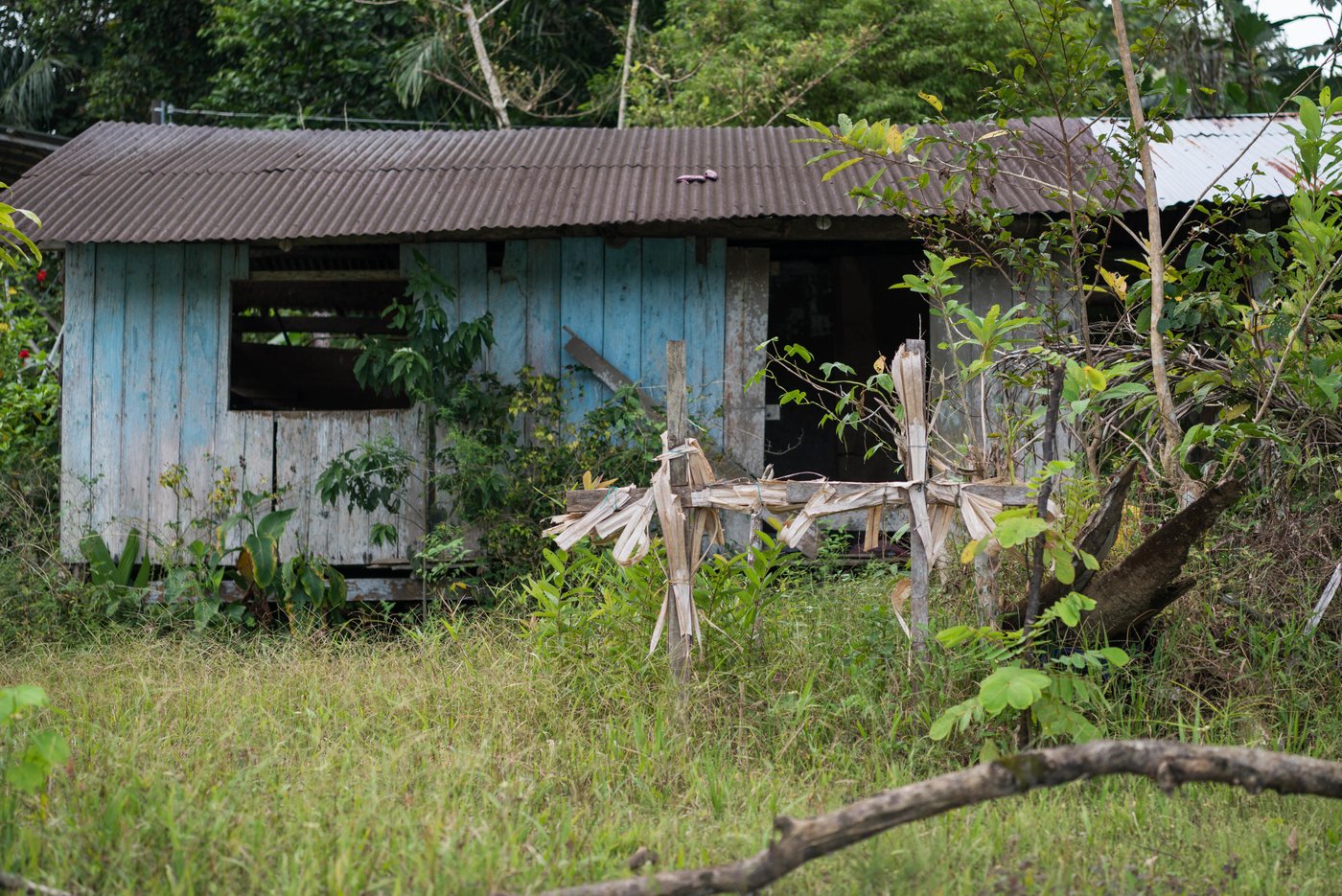
Volden mot sivile i Colombia har økt det siste året. Fredsavtalen mellom myndighetene og den væpnede gruppen FARC-EP skulle være starten på en trygg og bedre fremtid for befolkningen. På landsbygda driver angrep stadig flere mennesker på flukt, og antall massefordrivelser, slik som i landsbyen til Jhoana, har økt med svimlende 110 prosent fra i fjor.
Spøkelseslandsbyen ingen tør å reise tilbake til
Når båten legger til land, er det en spøkelseslandsby som kommer til syne foran oss. Gresset er høyt, og gjennom vinduene i huset som var Jhoanas hjem kan man skimte barnetegninger og bilder på veggene.
Ingen har bodd her siden angrepet i fjor.
– Jeg er fremdeles redd for å gå utendørs. Det som skjedde med familien min kan også skje med meg hvis jeg drar tilbake, forteller Jhoana.
Nå bor hun i en annen landsby.
– Hvorfor gjør folk noe slikt som dette? Jeg trodde jeg skulle forstå mer av å komme hit, men jeg gjør ikke det, sier Marlon og stirrer blankt fremfor seg der han står.
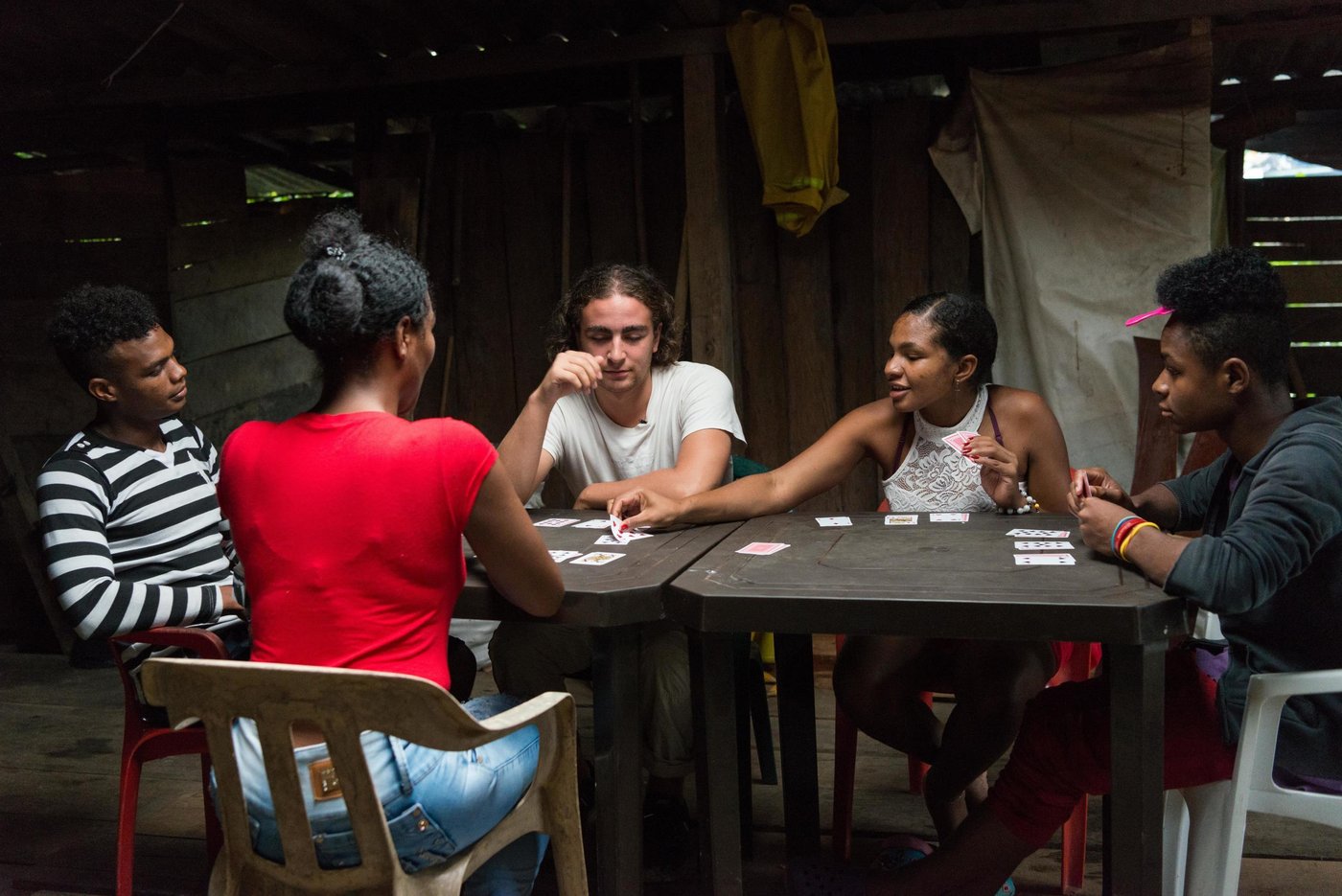
Freden lar vente på seg
To år har gått siden fredsavtalen, men siden FARC la ned våpnene har 200.000 menneskene blitt tvunget på flukt.
Andre væpnede grupper har økt aktiviteten etter våpenhvilen mellom FARC og den colombianske regjeringen, og sammenstøt mellom disse gruppene fører til nye humanitære behov. Til sammen er hele 1,6 millioner colombianske ungdommer som Jhoana på flukt i landet.
Nilson (22) var hjemme i landsbyen den dagen mennene kom med geværer og skjøt alle de fant. Han unnslapp kulene, men sliter fortsatt med minnene.
— De snakket ikke med noen. De så bare rett frem og begynte å drepe alle – uten å si noe.
Nå drømmer han om et liv fylt av dagligdagse ting, som utdanning og jobb. Han vil gjerne fortsette på skolen, men akkurat nå har han nok med å takle de vonde følelsene fra angrepet.
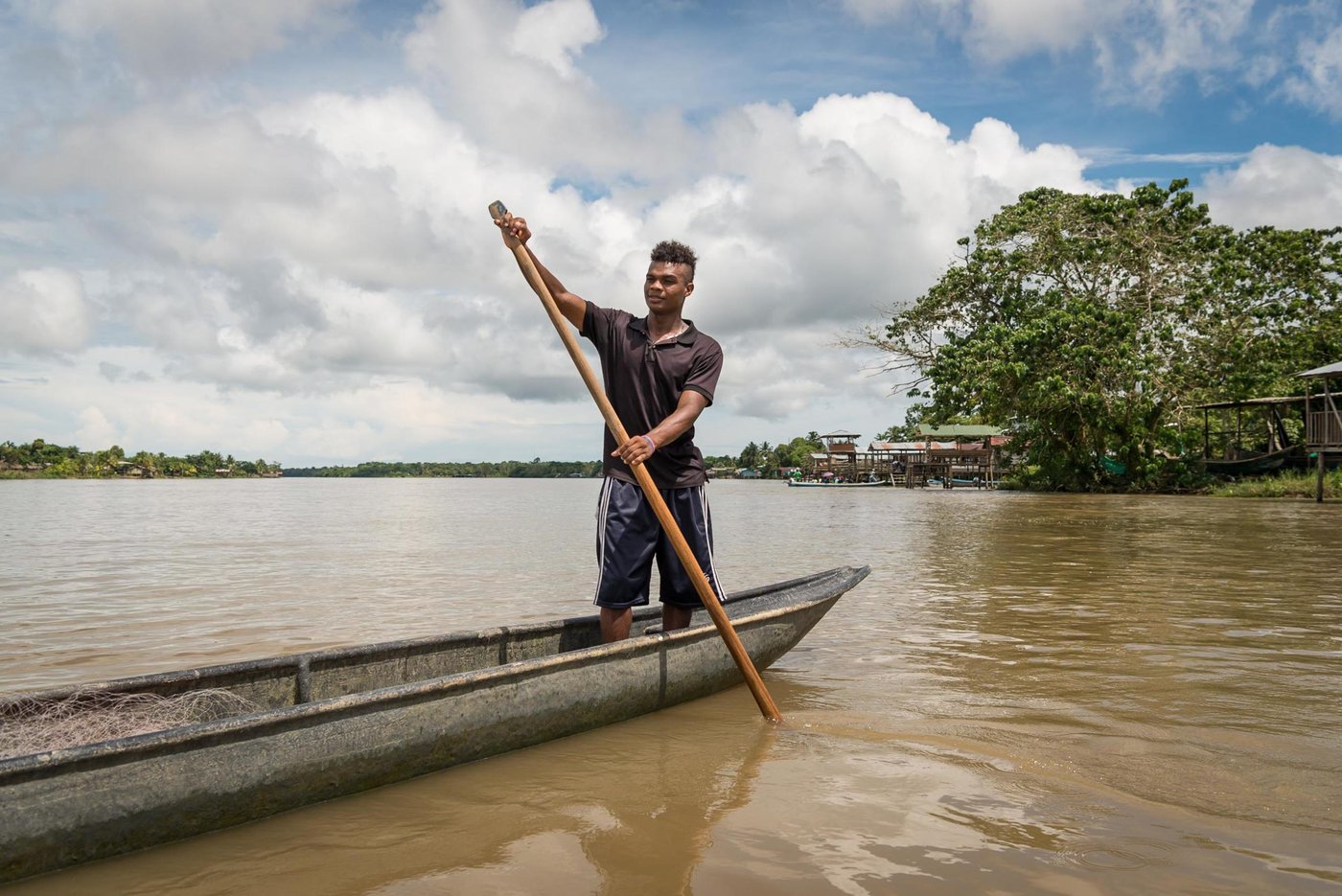
De snakket ikke med noen. De så bare rett frem og begynte å drepe alle – uten å si noe.Nilson (22), på flukt i Colombia
Utrygge skoler og sosiale skiller
— Mange barn og unge i Colombia ligger flere år etter med skolegangen sin fordi skoler stadig blir angrepet som følge av konflikten, sier Christian Visnes, som leder Flyktninghjelpens arbeid i Colombia.
I tillegg er det store sosiale ulikheter i landet, og 80 prosent av dem som er på flukt lever under fattigdomsgrensa. En tredel av disse lever i ekstrem fattigdom. Ungdom og unge voksne sliter med å skaffe bolig og jobb.
— Ungdom som er rammet av konflikten har rett til utdanning, yrkesopplæring og jobbmuligheter, men disse rettighetene er foreløpig bare på papiret, sier Visnes.
I Colombia jobber Flyktninghjelpen blant annet for å skape trygge skoler, sørge for god undervisning og gi ungdom og unge voksne tilgang til skole og yrkesutdanning. Vi hjelper ungdom med å bygge seg en fremtid, bidra i fredsbyggingen og bygge nettverk på tvers av sosiale, kulturelle og politiske ulikheter.
Visnes mener Marlon Langelands innsats i Colombia bidrar til å gi en viktig stemme til ungdom som Jhoana og Nilson.
— Marlons reise er en mulighet til å skape oppmerksomhet rundt den humanitære situasjonen i Colombia. For å oppnå varig fred må vi gi de unge som er rammet av konflikten en grunn til å tro at de kan få en trygg og bedre fremtid, sier han.
Følg Marlon's Journey på Instagram - se episoden fra Colombia her
